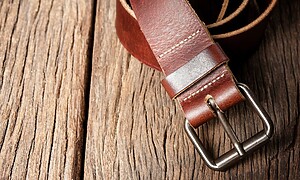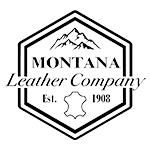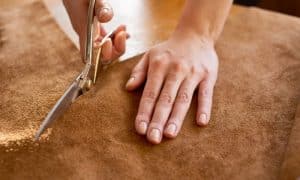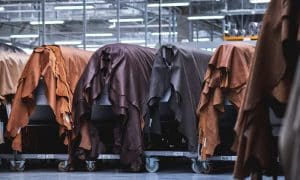Leather has always been a popular material for fashion and accessories, and that trend continues into the modern era. You can customize leather to create a unique look in various ways, but painting and airbrushing are two of the most popular techniques. Use this quick guide to painting and airbrushing leather and find new ways to make your leatherwork look amazing.
It’s important to note that these are alternatives to dyeing leather. Dyeing leather can be advantageous for preserving that ‘real leather’ look. Additionally, items that will see a lot of wear and tear may be better off with dye. Otherwise, read on about these alternatives!
The Basics of Painting Leather
Before you paint or airbrush your piece, knowing the basics of painting leather is important. Ensure the leather is clean and free of dirt, grime, or debris. Wipe it down with a damp cloth and allow it to dry completely.
Next, choose the best paint for your project—we recommend using acrylic-based leather paints, which are especially effective and have long-lasting flexibility. Once your paint is ready, use a brush to apply it in multiple thin coats to get a smooth finish, as thick coats crack and chip.
Airbrushing Leather
Airbrushing is another popular technique to create unique and intricate designs on leather. A variety of airbrushes are available on the market to use as a tool for leather craft, such as internal mix or gravity feed, and the best one for your specific project will depend on your experience and the type of design you want to create.
Using high-quality paints when airbrushing leather is important. Thin out your paints using a specialized medium to enable the paint to flow through the airbrush smoothly.
Adding Details to Your Designs
Once you’ve mastered the basics of painting or airbrushing leather, it’s time to add some details to your designs. Practice on a small piece of leather before starting your final design to ensure you leave less room for error.
Use stencils or free-hand techniques to create intricate designs that require less precision and allow you to airbrush freely. Consider using metallic paints, which add a unique, eye-catching finish to your designs.
Don’t worry about making any mistakes; it’s possible to fix them by carefully applying a thin layer of paint over it and letting it dry before continuing with your design.
Tips for Maintaining Your Painted Leather
Once you’ve finished painting or airbrushing, you must maintain your newly customized leather items. Avoid exposing your leather items to too much sun or moisture, as these factors will cause the paint to fade or peel.
Use a cleaning solution specially formulated for painted leather instead of detergents or high-powered cleaning tools when cleaning your painted leather items, as these can damage the paint. Keep your leather supple and well-conditioned by applying a leather conditioner like our Blackrock Leather N’ Rich or Angelus Mink Oil Paste.
With these tips and tricks in mind, you can create unique and intricate designs on your leather items. Refer to this quick guide to painting and airbrushing leather whenever necessary to remember how to add a personal touch to your leather pieces, whether you want to customize a pair of leather boots, a vintage leather jacket, or produce a collection of customized purses and satchels. Leather is a great material to work with. You’ll create a magnificent design that many will want to buy when you add splashes of color.



